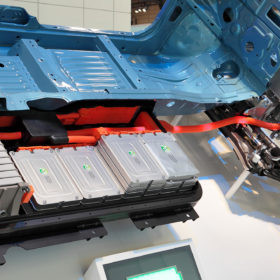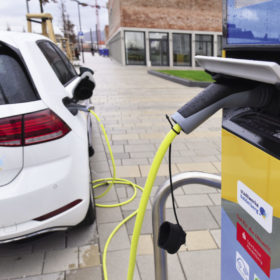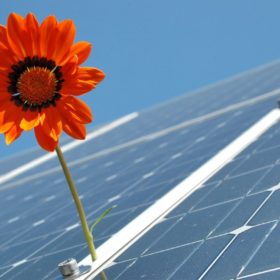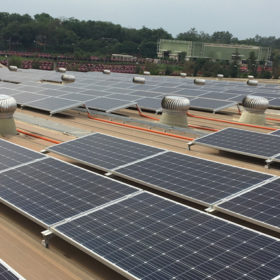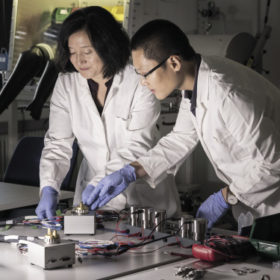There’s something fishy about this flow battery innovation
Scientists led by MIT have suggested chitin, a carbon and nitrogen-rich material made from waste shrimp shells, could produce sustainable electrodes for vanadium redox flow batteries and other energy storage technologies.
Supply chain concerns will drive EV battery recycling policies
With electric vehicles starting to gain traction, the International Energy Agency’s updated, ten-year e-mobility forecast has suggested geopolitical and economic concerns will trump environmental niceties when it comes to encouraging recycling. But what price ever-cheaper batteries?
Indian Railways to set up 3 GW solar plants on vacant land
The projects—to be developed in three phases of 1 GW each—are expected to be completed by year 2022-23. While the first and the third phases will be developed under public-private partnership basis, the second phase will be on the ownership model of REMCL and eligible for capital subsidy under the CPSE scheme.
Used EV batteries for large-scale solar energy storage
MIT scientists have suggested used electric vehicle batteries could offer a more viable business case than purpose-built systems for the storage of grid scale solar power in California. Such ‘second life’ EV batteries, may cost only 60% of their original purchase price to deploy and can be effectively aggregated for industrial scale storage even if they have declined to 80% of their original capacity.
Globally, electric vehicles show more resilience than conventional cars during Covid-19 shock
EV sales are set to be 1.7 million off because of the economic fallout of the Covid-19 crisis, however analyst BloombergNEF predicts that will be less of a hit than the anticipated fall in sales of conventional cars, increasing the penetration of electric models into the overall market.
New method for life cycle assessment of PV technologies
Researchers in Australia have conducted a ‘cradle to grave’ life cycle assessment (LCA) of the four most widely used PV technologies. The academics say that cadmium telluride solar modules have the lowest life cycle impact, followed by amorphous, multi and monocrystalline silicon products.
India reduces energy intensity of economy by 20% compared to 2005
That’s a significant feat for the country which has pledged to bring down the energy intensity of the economy by 33 to 35% compared to 2005 levels by 2030.
Indian Railways tenders 1 GW of ground-mounted solar projects
Developers have until June 30 to lodge bids to develop plots of solar capacity across the national rail network paying no more than Rs2.71/kWh for the electricity generated under a 25-year contract.
Mahindra Susten to install Bangladesh’s largest solar rooftop
The renewables business of the conglomerate will undertake its first project across the border by providing engineering, procurement and construction services on a Rs12.6 crore, 3.1 MW array for a German-Bangladeshi knitwear company which will buy the power generated for Rs5.71518/kWh.
The long read: Stored potential
Demand for batteries is going nowhere but up, as new factories seem to appear almost every week with promises to power electric vehicles, consumer electronics, and grid-connected storage. But the lithium-ion technology that all of these rely on is not without drawbacks, and a whole host of new storage solutions is eager to get out of the laboratory.



